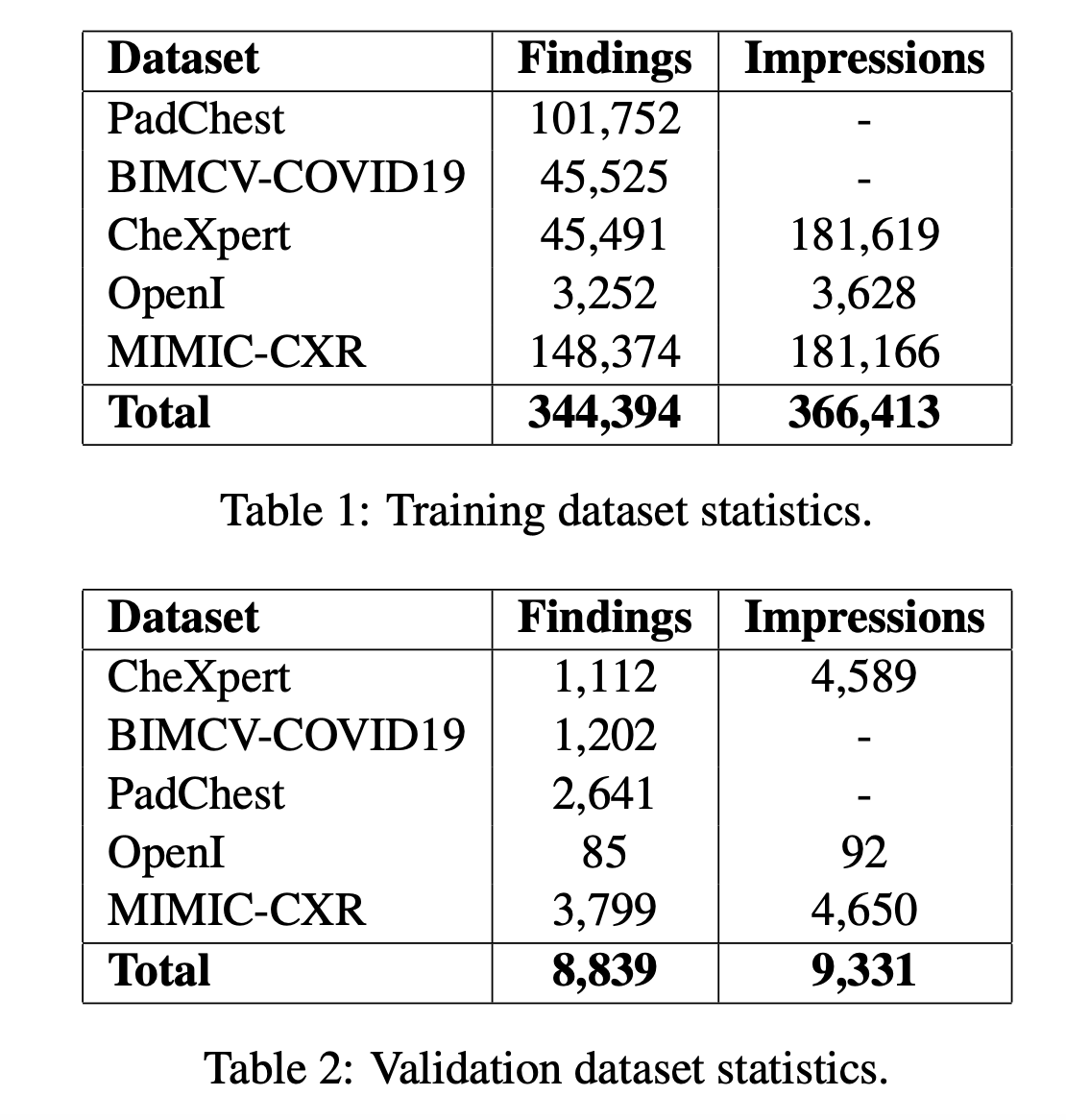
Automating Radiology Report Generation with AI
Overview
The automation of radiology report generation is a key focus in biomedical natural language processing. This is essential due to the increasing amount of medical imaging data and the need for precise diagnostic interpretations in healthcare. AI advancements in image analysis and natural language processing are transforming radiology workflows, enhancing efficiency, consistency, and diagnostic accuracy.
Challenges in Radiology Reporting
Creating comprehensive and accurate radiology reports is challenging. These reports must include detailed descriptions of imaging findings and their clinical implications. Maintaining report quality while capturing subtle details from medical images is difficult, especially with a limited number of radiologists and a growing demand for imaging interpretations. This highlights the need for effective automation solutions.
Current Approaches
Traditional automation methods use convolutional neural networks (CNNs) or visual transformers to analyze images. These methods often combine with transformers or recurrent neural networks (RNNs) to produce text. However, they frequently struggle with factual accuracy and clinical relevance. Integrating image and text data remains a technical challenge, indicating room for improvement in model design and data usage.
Innovative Solutions from AIRI and Skoltech
Researchers from AIRI and Skoltech have developed an advanced system to address these challenges. This system uses a vision encoder called DINOv2, specifically trained on medical data, alongside an open biomedical language model known as OpenBio-LLM-8B. They utilized the LLaVA framework to facilitate vision-language interaction. The model was trained and tested using various clinical datasets, including PadChest, BIMCV-COVID19, CheXpert, OpenI, and MIMIC-CXR.
System Features and Performance
The proposed system integrates advanced methods for both image encoding and language generation. The DINOv2 encoder analyzes chest X-ray images, extracting detailed features, which are then processed by OpenBio-LLM-8B, a text decoder tailored for the biomedical field. Training was conducted over two days on powerful GPUs, employing Low-Rank Adaptation (LoRA) fine-tuning to enhance learning. Only high-quality images were used for evaluation.
The system demonstrated impressive performance across various evaluation metrics, achieving a BLEU-4 score of 11.68 for findings and 12.33 for impressions. It also attained an F1-CheXbert score of 57.49 for findings and 56.97 for impressions, indicating its ability to accurately capture critical medical observations. The BERTScore for findings was 53.80, confirming the semantic consistency of the generated texts.
Significance of the Research
This research represents a significant advancement in biomedical natural language processing. The AIRI and Skoltech team has shown how AI can effectively address the complexities of medical imaging and improve radiology workflows. Their findings emphasize the importance of combining specialized models with robust datasets to achieve meaningful progress in automating diagnostic reporting.
Next Steps and Opportunities
If you want to enhance your company with AI and remain competitive, consider the following steps:
- Identify Automation Opportunities: Find key customer interaction points that can benefit from AI.
- Define KPIs: Ensure your AI initiatives have measurable impacts on business outcomes.
- Select an AI Solution: Choose tools that meet your needs and offer customization.
- Implement Gradually: Start with a pilot project, gather data, and expand AI usage carefully.
For AI KPI management advice, connect with us at hello@itinai.com. For ongoing insights into leveraging AI, follow us on Telegram or @itinaicom.
Discover how AI can transform your sales processes and customer engagement by exploring solutions at itinai.com.



























